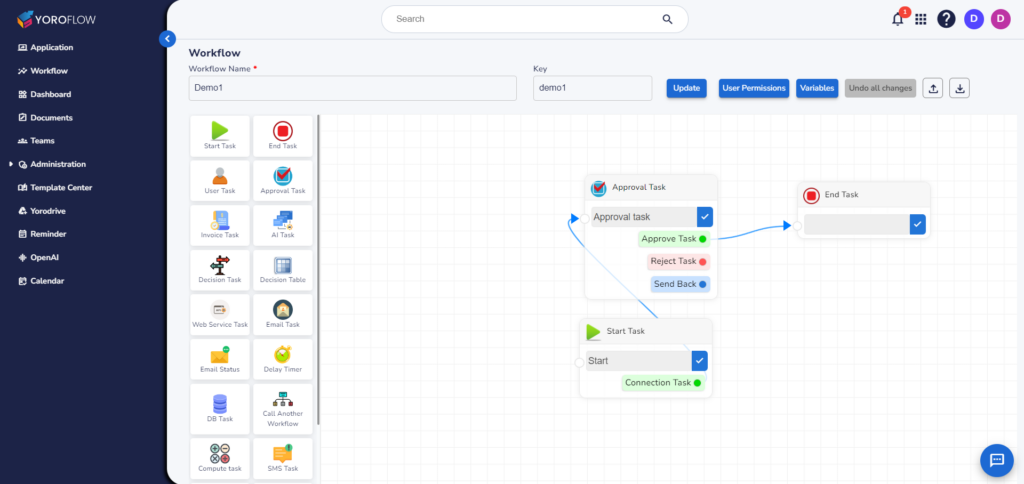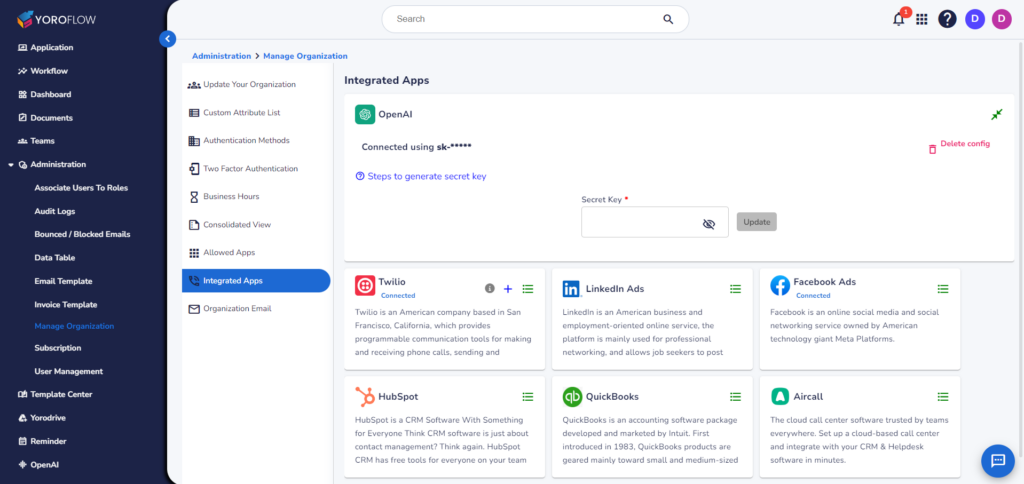Table of Contents
In the fast-paced world of business, efficiency is the key to success. As companies strive to stay ahead of the competition, finding ways to streamline operations and maximize productivity becomes increasingly crucial. Fortunately, in the age of technological advancement, artificial intelligence (AI) has emerged as a powerful tool to help businesses achieve unprecedented levels of efficiency.
The Current Landscape of Business Efficiency
Many businesses face common challenges in optimizing their operations. Traditional methods and technologies have played a role in improving efficiency, but they often come with limitations. These limitations can range from the inability to handle large datasets to the challenges of automating complex processes.
Understanding AI and Its Potential in Business Efficiency
Artificial intelligence, at its core, involves machines learning and adapting to tasks without explicit programming. This fundamental shift in approach sets AI apart from traditional methods. Businesses can leverage AI in various applications, from data analysis to automating repetitive tasks, opening up new possibilities for efficiency.
Key Areas Where AI Can Drive Efficiency
- Data Analysis and Insights: AI’s ability to process vast amounts of data quickly enables businesses to derive meaningful insights, aiding in informed decision-making.
- Automation of Repetitive Tasks: AI-driven automation can streamline workflows by handling routine and time-consuming tasks, allowing employees to focus on more strategic activities.

- Personalization and Customer Engagement: AI enables businesses to tailor their interactions with customers, providing personalized experiences that enhance engagement and satisfaction.
Overcoming Challenges and Implementation Considerations
Addressing Workforce Concerns:
- Challenge: Employees may fear job displacement due to AI implementation.
- Solution: Communicate transparently about the role of AI as a complement to human capabilities, emphasizing the creation of new opportunities and the need for upskilling. Implement retraining programs to equip employees with the skills necessary to work alongside AI.
Data Privacy and Security:
- Challenge: Handling sensitive data raises concerns about privacy and security.
- Solution: Implement robust data encryption, access controls, and compliance measures to ensure data privacy. Regularly audit and update security protocols to stay ahead of evolving threats. Communicate clearly with stakeholders about data protection measures.
Integration with Existing Systems:

- Challenge: Compatibility issues may arise when integrating AI with existing systems.
- Solution: Conduct a thorough assessment of current infrastructure, ensuring that AI solutions can seamlessly integrate. Utilize middleware or APIs to bridge the gap between AI applications and legacy systems. Plan for phased implementations to minimize disruptions.
Steps to Integrate AI into Your Business for Efficiency
For businesses looking to embark on the AI journey, a strategic approach is crucial. This involves assessing specific needs, identifying suitable AI solutions, and developing a phased implementation plan to ensure a smooth transition.
Assess Your Business Needs and Goals:
- Identify specific areas in your business processes where AI could bring the most significant impact.
- Clearly define your goals for implementing AI, whether it’s to improve productivity, reduce costs, enhance customer experiences, or achieve other strategic objectives.
Conduct a Technology Readiness Assessment:
- Evaluate your existing technological infrastructure to ensure compatibility with AI integration.
- Assess the readiness of your team in terms of skills and knowledge required for working with AI technologies.
Identify Suitable AI Solutions:
- Research and choose AI solutions that align with your business needs and goals.
- Consider off-the-shelf AI applications or explore custom solutions tailored to your specific requirements.
Start with Pilot Projects:
- Implement AI in a controlled environment through pilot projects to gauge its effectiveness.
- Choose manageable projects that allow you to test and refine the integration process without disrupting core business operations.
Collaborate with AI Experts:
- Seek guidance from AI experts or consult with external specialists to ensure a smooth integration process.
- Leverage the expertise of professionals who can provide insights into best practices and potential challenges.
Data Preparation and Quality Assurance:
- Ensure that your data is clean, relevant, and sufficient for AI applications.
- Implement robust data quality assurance processes to enhance the accuracy and reliability of AI algorithms.
Train Your Team:
- Provide training programs to familiarize your team with AI technologies and their applications.
- Empower employees with the skills needed to work alongside AI tools and leverage their capabilities effectively.
Foster a Culture of Collaboration:
- Promote a collaborative environment where human and AI capabilities complement each other.
- Encourage open communication and collaboration between employees and AI systems to maximize efficiency gains.
Monitor and Evaluate Performance:
- Establish key performance indicators (KPIs) to measure the success of AI integration.
- Continuously monitor and evaluate the performance of AI applications, making adjustments as needed to optimize efficiency.
Iterate and Scale:
- Learn from the outcomes of initial implementations and iterate on your AI strategy.
- Once the pilot projects demonstrate success, scale up AI integration gradually across relevant areas of your business.
Stay Informed About AI Developments:
- Keep abreast of the latest advancements in AI technology to ensure that your business remains competitive.
- Regularly assess new AI solutions and methodologies that may offer additional opportunities for efficiency improvements.
Regulatory Compliance and Ethical Considerations:
- Ensure that your AI implementations comply with relevant regulations and ethical standards.
- Address concerns related to data privacy, security, and potential biases in AI algorithms to maintain trust among stakeholders.
By following these steps, businesses can methodically integrate AI into their operations, unlocking new levels of efficiency and positioning themselves for sustained success in an increasingly competitive landscape.
Conclusion
In conclusion, the marriage of AI and business efficiency is a game-changer. The potential for increased productivity, cost savings, and improved customer experience positions AI as a valuable asset for businesses aiming to thrive in the modern landscape. As technology continues to evolve, embracing AI becomes not just a choice but a necessity for those seeking sustained success.
In a world where adaptation is the key to survival, businesses cannot afford to overlook the transformative power of AI. Embracing AI is not just about staying ahead of the curve; it’s about redefining the curve itself. Those who harness the full potential of AI for business efficiency will not only survive but thrive in the ever-evolving landscape of modern commerce. The question is not whether to adopt AI but how quickly and effectively businesses can integrate it into their operations.
The future belongs to those who seize the opportunities presented by the AI revolution.




